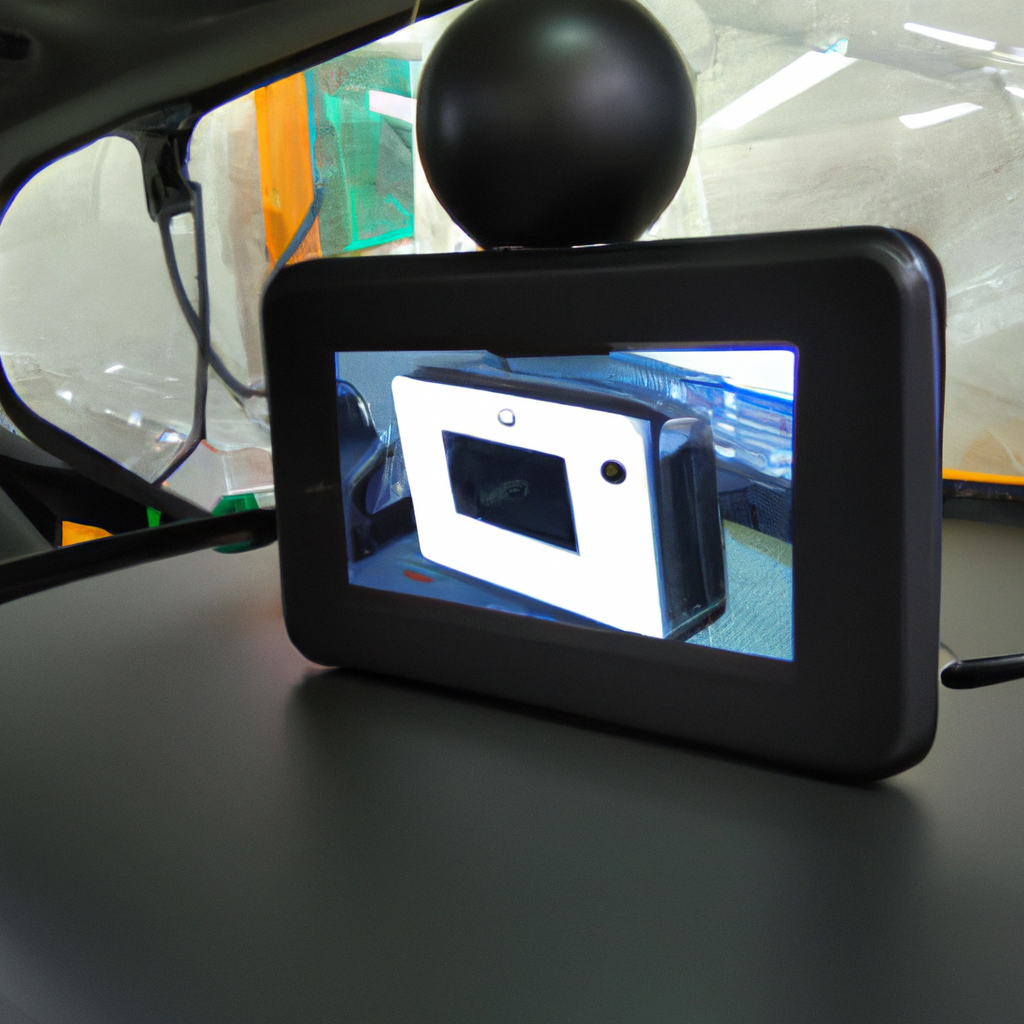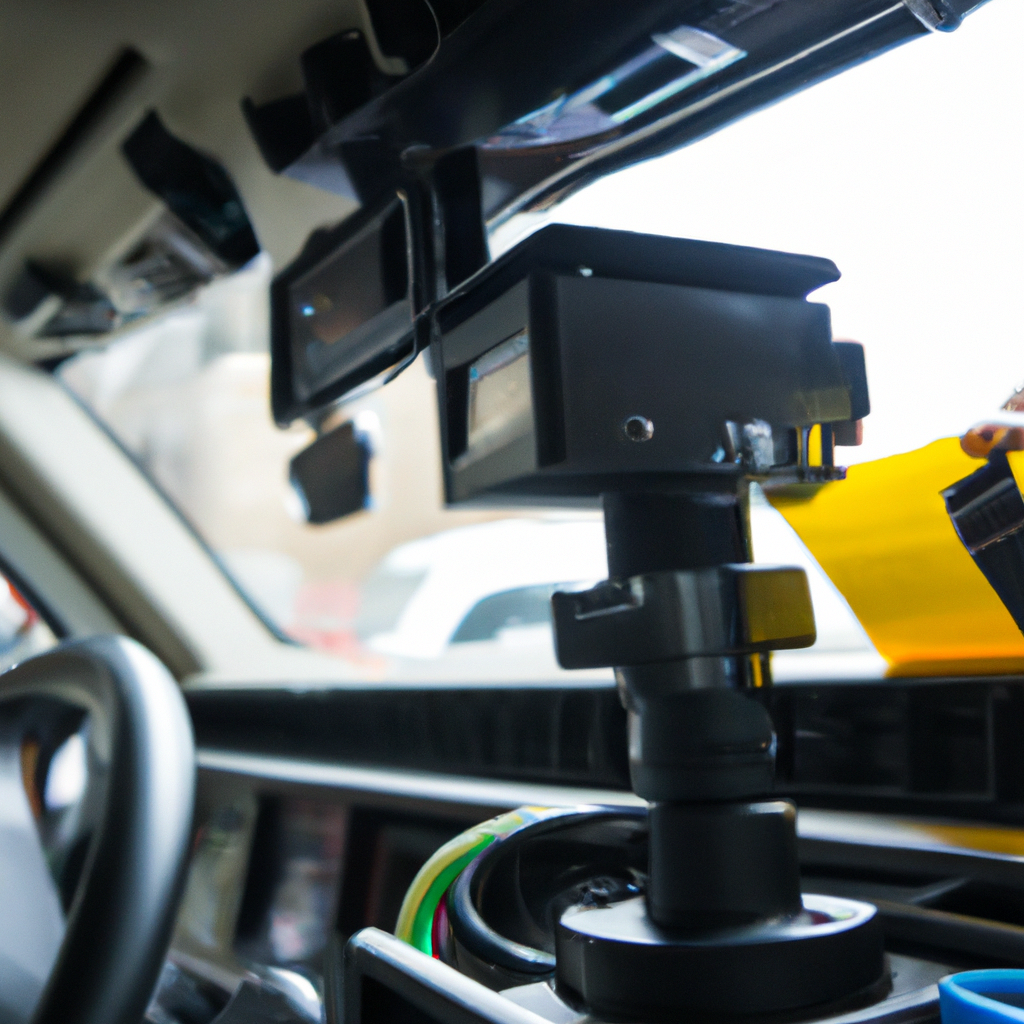-
Table of Contents
- Introduction
- How to Choose the Right Dashcam for Your Commercial Vehicle
- The Benefits of Installing a Dashcam in Your Commercial Vehicle
- Tips for Installing a Dashcam in Your Commercial Vehicle
- The Legal Implications of Installing a Dashcam in Your Commercial Vehicle
- How to Troubleshoot Common Dashcam Installation Issues in Commercial Vehicles
“Secure your fleet with Dashcam installation – the ultimate protection for your business.”
Introduction
Dashcam installation for commercial vehicles is becoming increasingly popular as a way to improve safety and security on the road. Dashcams provide a visual record of events that can be used to help protect drivers, passengers, and other road users. They can also be used to monitor driver behavior and provide evidence in the event of an accident or other incident. Dashcam installation for commercial vehicles is a relatively simple process that can be completed in a few steps. This guide will provide an overview of the process and the benefits of installing a dashcam in a commercial vehicle.
How to Choose the Right Dashcam for Your Commercial Vehicle
When it comes to protecting your commercial vehicle, a dashcam is an invaluable tool. Dashcams provide a reliable record of events that can be used to protect your business in the event of an accident or other incident. However, with so many different dashcam models available, it can be difficult to know which one is right for your commercial vehicle. Here are some tips to help you choose the right dashcam for your needs.
First, consider the size and type of your commercial vehicle. Different dashcams are designed for different types of vehicles, so make sure you choose one that is compatible with your vehicle. If you have a large commercial vehicle, you may want to opt for a larger dashcam with a wider field of view.
Second, consider the features you need. Different dashcams offer different features, such as night vision, motion detection, and GPS tracking. Think about which features are most important to you and choose a dashcam that offers them.
Third, consider the cost. Dashcams can range in price from a few hundred dollars to several thousand dollars. Make sure you choose a dashcam that fits within your budget.
Finally, consider the installation process. Some dashcams require professional installation, while others are designed for DIY installation. Make sure you choose a dashcam that is easy to install and use.
By following these tips, you can ensure that you choose the right dashcam for your commercial vehicle. With the right dashcam, you can protect your business and ensure that you have a reliable record of events in the event of an accident or other incident.
The Benefits of Installing a Dashcam in Your Commercial Vehicle
Dashcams are becoming increasingly popular in commercial vehicles, and for good reason. Installing a dashcam in your commercial vehicle can provide a number of benefits, from improved safety to increased efficiency.
First and foremost, dashcams can help to improve safety. Dashcams provide a visual record of events, which can be invaluable in the event of an accident or other incident. This can help to protect drivers from false accusations and provide evidence in the event of a dispute. Dashcams can also help to deter dangerous driving, as drivers are more likely to drive safely when they know they are being recorded.
Dashcams can also help to improve efficiency. Dashcams can be used to monitor driver performance, allowing fleet managers to identify areas where drivers can improve their performance. This can help to reduce fuel costs and improve overall efficiency. Dashcams can also be used to monitor traffic conditions, allowing drivers to plan their routes more effectively and avoid traffic delays.
Finally, dashcams can help to reduce insurance costs. Insurance companies often offer discounts for vehicles equipped with dashcams, as they can provide evidence in the event of an accident or other incident. This can help to reduce insurance costs and improve the bottom line.
In conclusion, installing a dashcam in your commercial vehicle can provide a number of benefits, from improved safety to increased efficiency. Dashcams can help to protect drivers from false accusations, monitor driver performance, and reduce insurance costs. For these reasons, dashcams are becoming increasingly popular in commercial vehicles.
Tips for Installing a Dashcam in Your Commercial Vehicle
1. Choose a Dashcam: When selecting a dashcam for your commercial vehicle, consider the features that are important to you. Look for a model that has a wide-angle lens, night vision, and motion detection capabilities. Additionally, make sure the dashcam is compatible with your vehicle’s make and model.
2. Install the Dashcam: Once you have chosen the right dashcam for your vehicle, it’s time to install it. Start by mounting the dashcam to the windshield using the included adhesive mount. Make sure the dashcam is securely attached and that the lens is facing forward.
3. Connect the Dashcam to the Vehicle’s Power Source: The next step is to connect the dashcam to the vehicle’s power source. This can be done by connecting the dashcam’s power cable to the vehicle’s cigarette lighter or 12V power outlet.
4. Set Up the Dashcam: Once the dashcam is connected to the vehicle’s power source, you can set up the dashcam. This includes setting the recording resolution, setting the recording length, and setting the motion detection sensitivity.
5. Test the Dashcam: Before you hit the road, it’s important to test the dashcam to make sure it is working properly. Start the vehicle and check that the dashcam is recording. You can also test the motion detection feature by waving your hand in front of the lens.
By following these steps, you can easily install a dashcam in your commercial vehicle. This will help you monitor your vehicle’s performance and ensure the safety of your drivers.
The Legal Implications of Installing a Dashcam in Your Commercial Vehicle
The installation of a dashcam in a commercial vehicle can have legal implications for both the driver and the employer. Dashcams can be used to monitor the driver’s performance and to provide evidence in the event of an accident or other incident. However, there are a number of legal considerations that must be taken into account before installing a dashcam in a commercial vehicle.
First, it is important to consider the privacy rights of the driver. In most jurisdictions, the driver has a reasonable expectation of privacy while in the vehicle. This means that the employer must obtain the driver’s consent before installing a dashcam. The employer should also ensure that the dashcam is not used to monitor the driver’s activities outside of the scope of their job duties.
Second, the employer must ensure that the dashcam is used in accordance with applicable laws and regulations. In some jurisdictions, the use of dashcams may be restricted or prohibited in certain circumstances. For example, some jurisdictions may require that the dashcam be turned off when the vehicle is parked or when the driver is not present.
Third, the employer must ensure that the dashcam is used in a manner that does not violate the driver’s rights. For example, the employer should not use the dashcam to monitor the driver’s activities outside of the scope of their job duties. Additionally, the employer should not use the dashcam to record conversations between the driver and passengers without their consent.
Finally, the employer should ensure that the dashcam is used in a manner that does not interfere with the driver’s ability to safely operate the vehicle. For example, the employer should not use the dashcam to monitor the driver’s speed or other driving behaviors.
In conclusion, the installation of a dashcam in a commercial vehicle can have legal implications for both the driver and the employer. It is important for employers to consider the privacy rights of the driver, ensure that the dashcam is used in accordance with applicable laws and regulations, and ensure that the dashcam is used in a manner that does not interfere with the driver’s ability to safely operate the vehicle.
How to Troubleshoot Common Dashcam Installation Issues in Commercial Vehicles
Dashcams are becoming increasingly popular in commercial vehicles, as they provide a reliable source of evidence in the event of an accident or other incident. However, installing a dashcam can be a tricky process, and it is not uncommon for users to experience issues during the installation process. This article will provide an overview of some of the most common dashcam installation issues and how to troubleshoot them.
The first issue that may arise is a lack of power. Dashcams require a constant power source, and if the vehicle does not have a dedicated power source, the dashcam will not be able to function. To resolve this issue, you will need to install a dedicated power source for the dashcam. This can be done by connecting the dashcam to the vehicle’s battery or by using a power adapter.
Another common issue is a lack of space. Dashcams require a certain amount of space in order to be installed properly, and if the vehicle does not have enough space, the dashcam will not be able to function properly. To resolve this issue, you will need to find a suitable location for the dashcam. This could be on the dashboard, on the windshield, or on the rearview mirror.
The third issue is a lack of visibility. Dashcams need to be able to capture clear footage, and if the dashcam is not positioned correctly, it may not be able to capture the necessary footage. To resolve this issue, you will need to adjust the position of the dashcam until it is able to capture clear footage.
Finally, the fourth issue is a lack of connectivity. Dashcams need to be connected to a computer or other device in order to be able to store and view footage. If the dashcam is not connected properly, it will not be able to store or view footage. To resolve this issue, you will need to ensure that the dashcam is properly connected to a computer or other device.
By following these steps, you should be able to troubleshoot any common dashcam installation issues in commercial vehicles. If you are still having issues, it is recommended that you contact a professional for assistance.
Thanks for visiting Dashcam Installation Australia.
For more information visit local authories sites to know your rights.




